The water system
The hydrological cycle
Open and closed systems
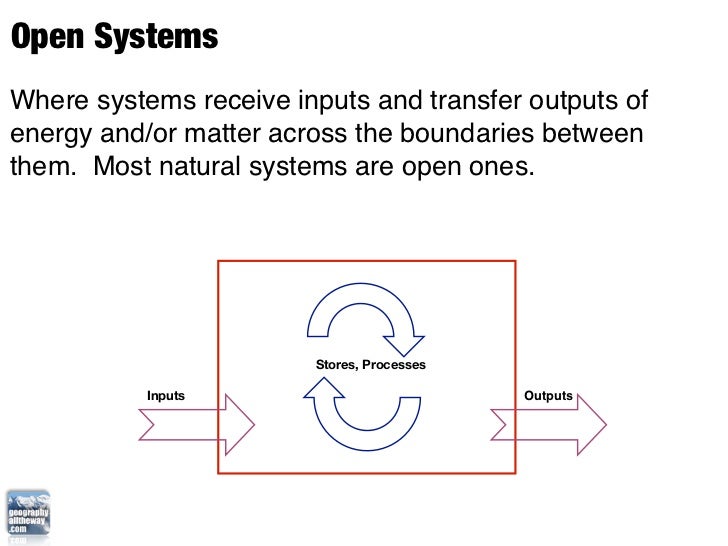
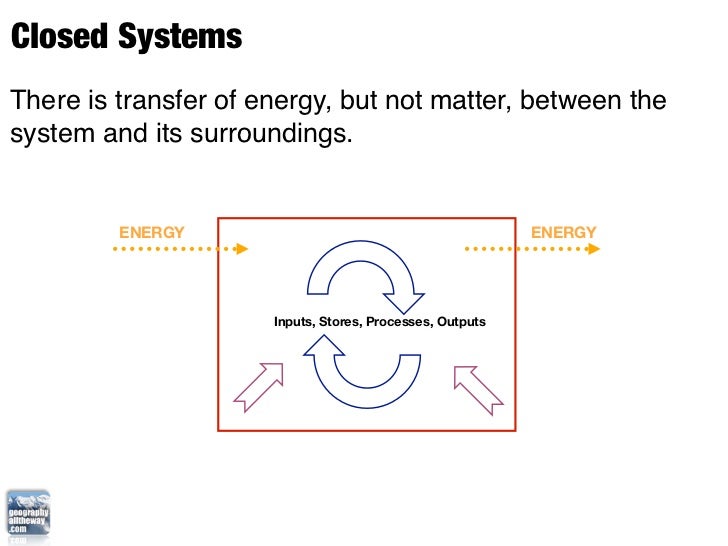
Source: http://www.geographyalltheway.com/in/ib-freshwater/hydro-cycle.htm
Hydrological Cycle (Water Cycle): The continuous movement of water on the land, in the atmosphere and in the oceans.
The hydrological cycle is said to be a closed system because water can not be added or lost. Although water can not be added or lost it can be found in different states and in different locations. Despite the planet being covered in water, the vast majority is sea water (97.5%). Of the remaining 2.5% the majority is held in glaciers and ice sheets. Only a very small amount of the world's water is easily accessible in rivers and lakes (0.00069%).

Source: http://greenfieldgeography.wikispaces.com/The+hydrological+cycle
 http://blackpoolsixthasgeography.pbworks.com/w/page/22997473/The%20drainage%20basin%20hydrological%20cycle%20%E2%80%93%20the%20water%20balance
http://blackpoolsixthasgeography.pbworks.com/w/page/22997473/The%20drainage%20basin%20hydrological%20cycle%20%E2%80%93%20the%20water%20balanceWater balance
The Water Balance equation
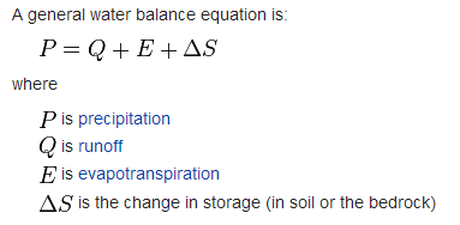
This interaction between run-off, evapotranspiration and storage is in constant change throughout the year and depends on both the characteristics of the physical environment and climate. The graph to the right shows a water budget for two distinct seasons. During the dry season there is a soil moisture deficit, caused by evapotranspiration exceeding precipitation.
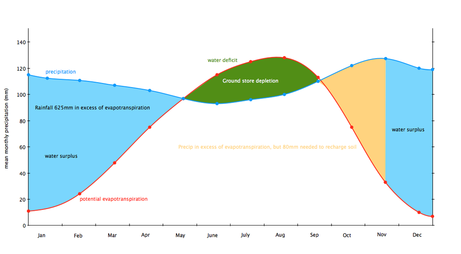
Source: http://www.thegeographeronline.net/freshwater---issues-and-conflicts.html
Maximum sustainable yield
The largers yield that can be taken from a resource over an indefinite period. MSY aims to maintain the resource size at the point of maximum growth rate by harvesting the amount that would normally be replenished, allowing the resource to continue to be productive indefinitely. MSY is often difficult to determine.
Source: Nagle, Garrett and Briony Cooke. Geography Course Companion. Print.
As this unit is about freshwater, MSY in this the maximum level of extraction of water (superficial or underground) that can be maintained indefinitely for a given area.
Source: Nagle, Garrett and Briony Cooke. Geography Course Companion. Print.
As this unit is about freshwater, MSY in this the maximum level of extraction of water (superficial or underground) that can be maintained indefinitely for a given area.
Sea level changes

Source: http://www.slideshare.net/Joshie/sea-level-change-as

Source: http://geologylearn.blogspot.com.br/2015/07/sea-level-changes-and-sedimentation.html
Eustatic changes

Source: http://www.slideshare.net/Joshie/sea-level-change-as
Eustasy Metaphor
Eustasy can be illustrated by the variations of the level of wine in a cup. The size of the cup simulates the ocean basin volume (Plate 278), which can be changed by compressing and expanding the cup (earth movements simulation) causing the rise and fall. The rise and fall of the wine‘s surface simulates tectono-eustasy. The wine volume in the cup can be changed by drinking and refilling (climate); giving rise to corresponding rises and falls in the wine level (glacial-eustasy).
Dilatation depending on temperature (which is sometimes advocated) plays no significant role. Earth‘s movements and climate determine the level of the water in the oceans, that is to say, the eustatic sea level. In the cup, the wine table is not flat but a rough and uneven one (geodetic sea level), in other words, any change in the gravity gives rise to redistribution in irregularities in the water surface. This metaphor will be better understood after reviewing the concepts of geoid and eustasy.
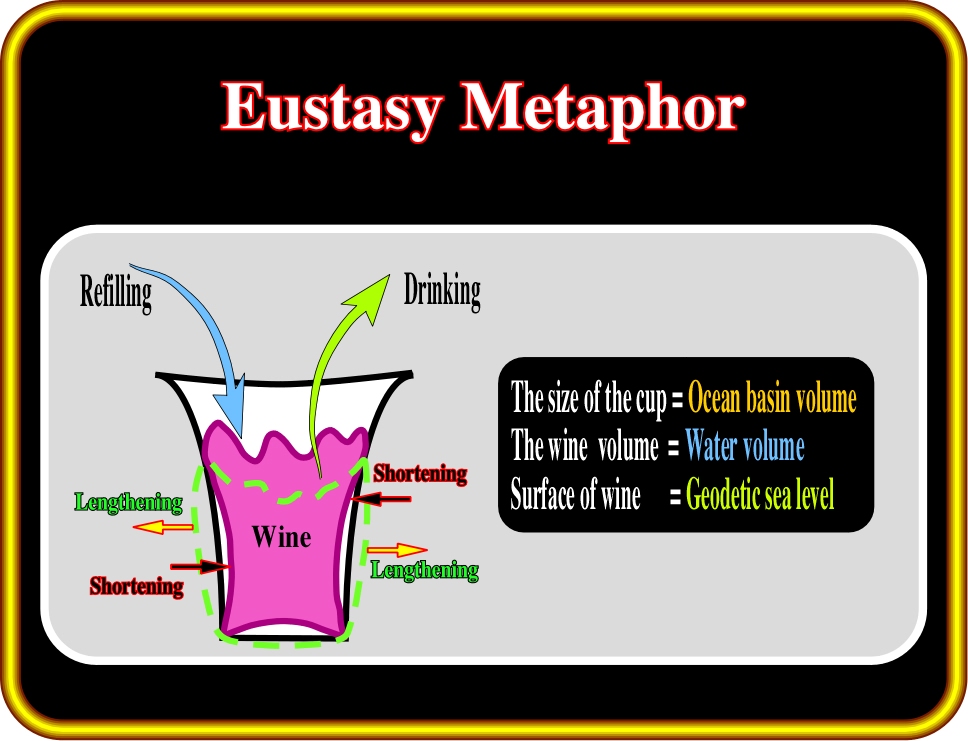
Source: http://homepage.ufp.pt/biblioteca/Seismic/Pages/Page30.htm
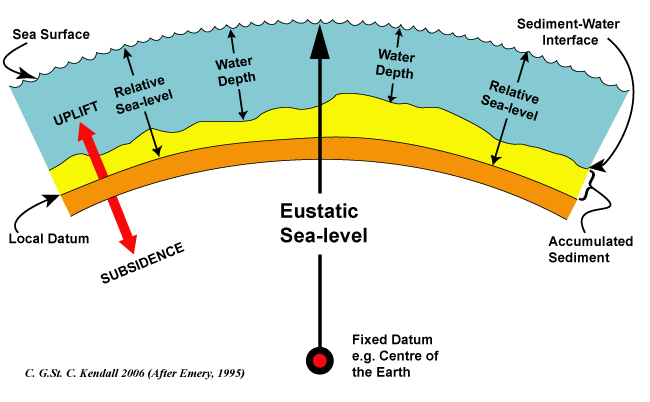
Source: http://www.sepmstrata.org/Terminology.aspx?id=eustasy
Isostatic adjustment

Source: http://www.slideshare.net/Joshie/sea-level-change-as
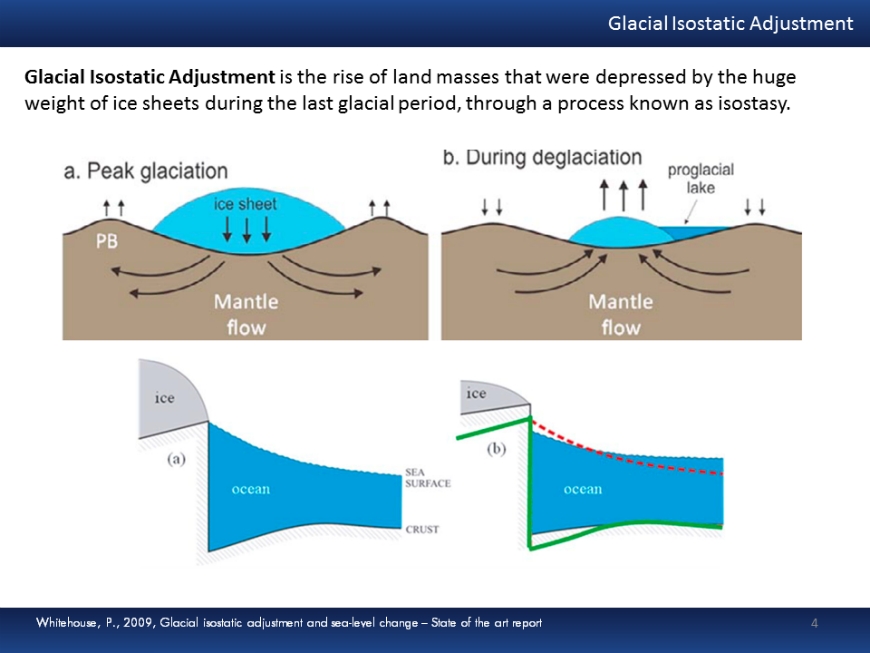
Source: http://bestofpicture.com/isostatic-adjustment.html
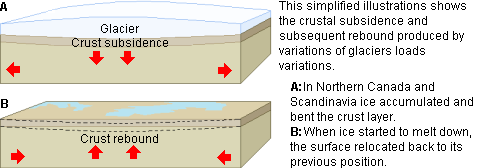
Source: http://igeogers.weebly.com/coastal-environments.html

No comments:
Post a Comment